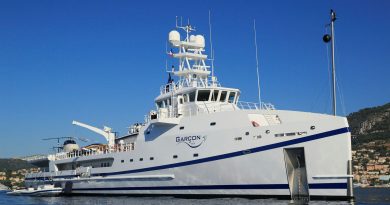Another RO plant to be placed at Fort James, Cabinet reports; but deFreitas says that is not the solution to distribution problem
After spending a substantial sum to install a Reverse Osmosis (RO) Plant at Fort James – and with area residents still complaining they are unable to get water on a regular basis – the Browne Administration is planning to install yet another plant in that location.
According to Cabinet reports, the Executive held discussions on water sustainability, utilizing RO plants, at its meeting on Wednesday, April 19.
Melford Nicholas, minister with responsibility for the Antigua Public Utilities Authority (APUA), reportedly announced that a new plant has arrived on island, and is to be installed at Fort James, alongside the existing plant.
According to Nicholas, this is intended to expand water production, in light of the severe drought that continues to plague the country and compels complete reliance on reverse-osmosis water.
However, Franz deFreitas, a resident of the community, says that increasing the number of plants has not solved the problem of water distribution.
Residents should see that they are being “fleeced,” he says, with the amount of money being spent on plants, while the underlying problems remain unaddressed.
Meanwhile, further discussion reportedly was held about creating near-shore wells to take up brackish water for the RO plants. In addition to Fort James, Nicholas says such wells would be utilized for the plants in Barbuda and Pigeon Point.
This is because the plants have to be turned off during occasions of ground swells, high winds and rough seas. These conditions cause the sea water to be filled with sand, shells, vegetation and other debris that are harmful to the membranes in the RO plants, APUA officials say.
The wells will alleviate the challenges posed by these adverse conditions, which cause potable-water production to decline, Nicholas adds.
The Administration has promised that another Reverse Osmosis plant is to be placed near Bethesda, and this would bring water production to the same level as demand.
Pundits have advised against this location, however, due to the volume of seaweed and, especially, sargassum that accumulates in this area.
More than EC$120 million, according to the Government, has been expended on the purchase of Reverse Osmosis plants.




